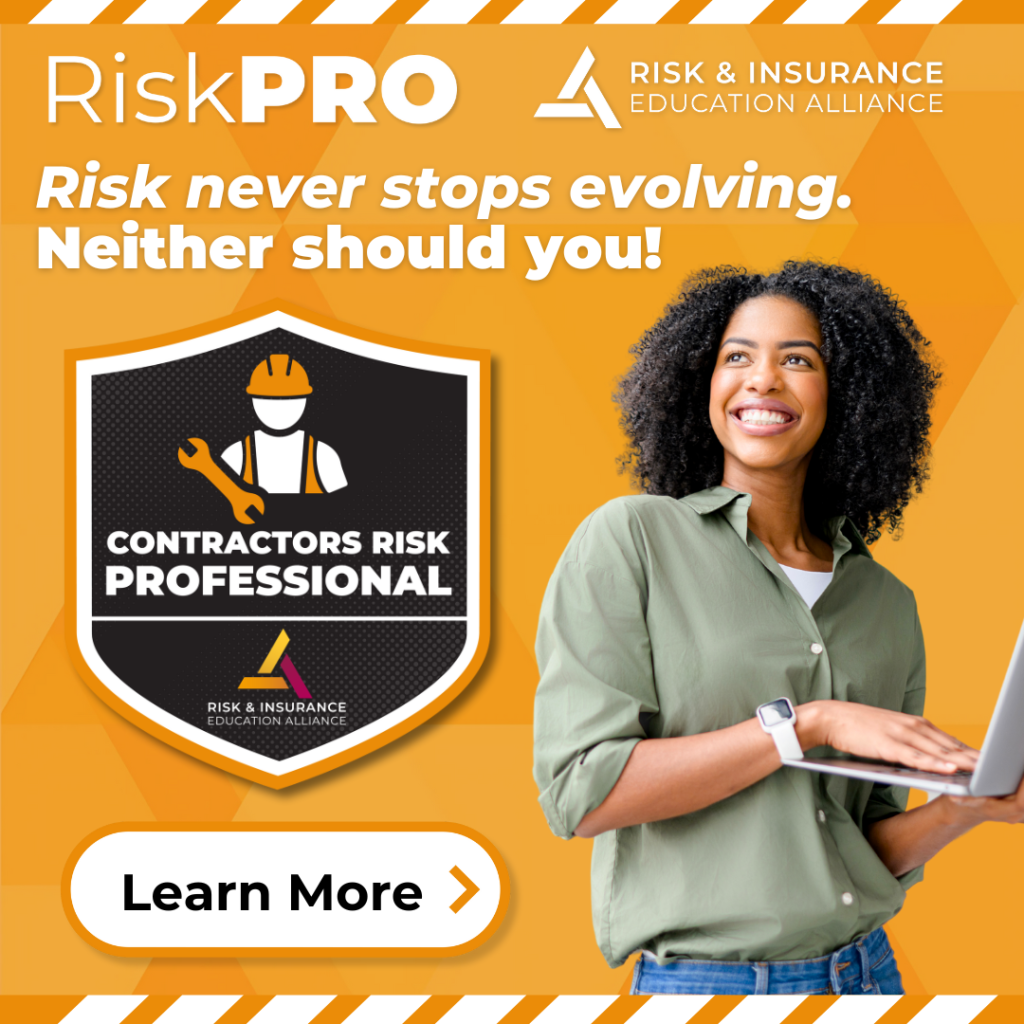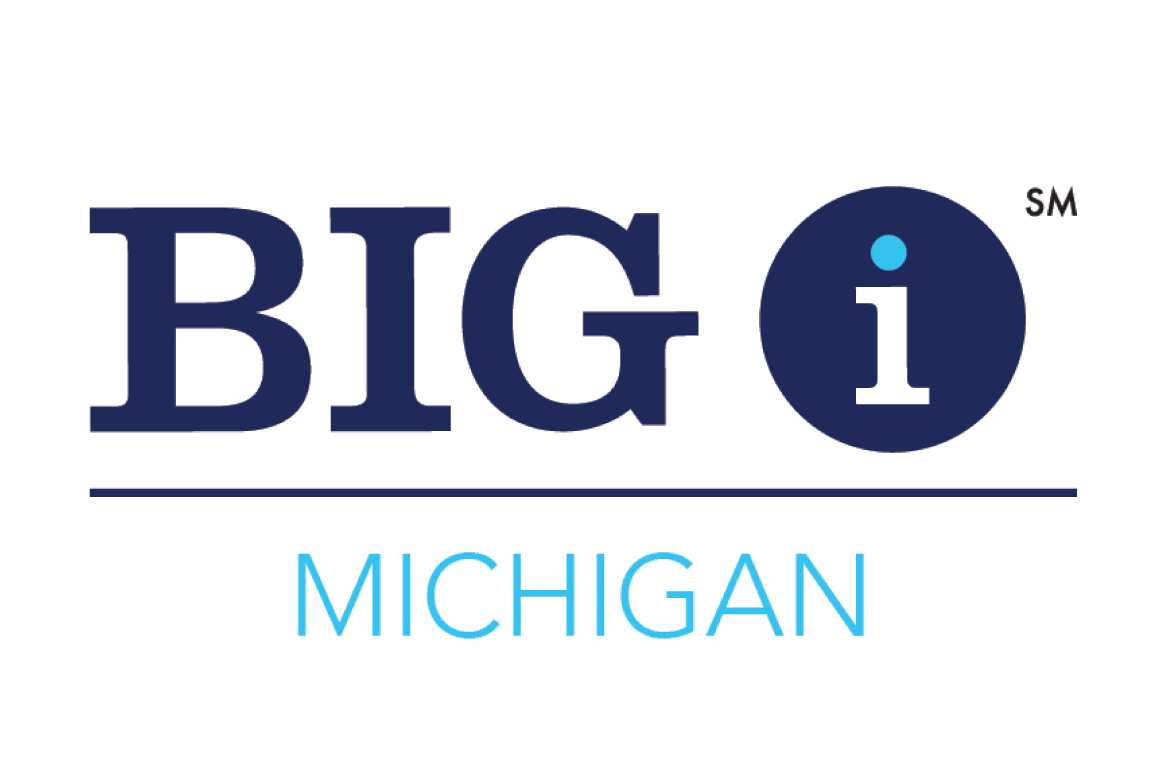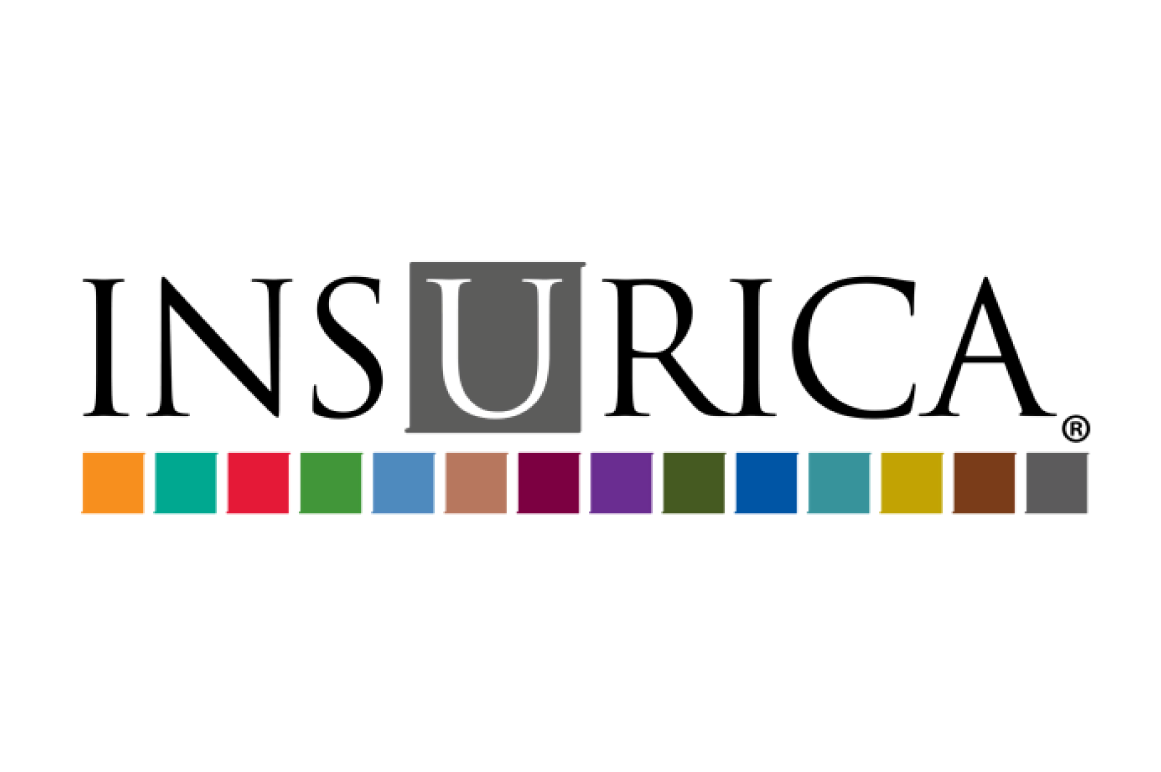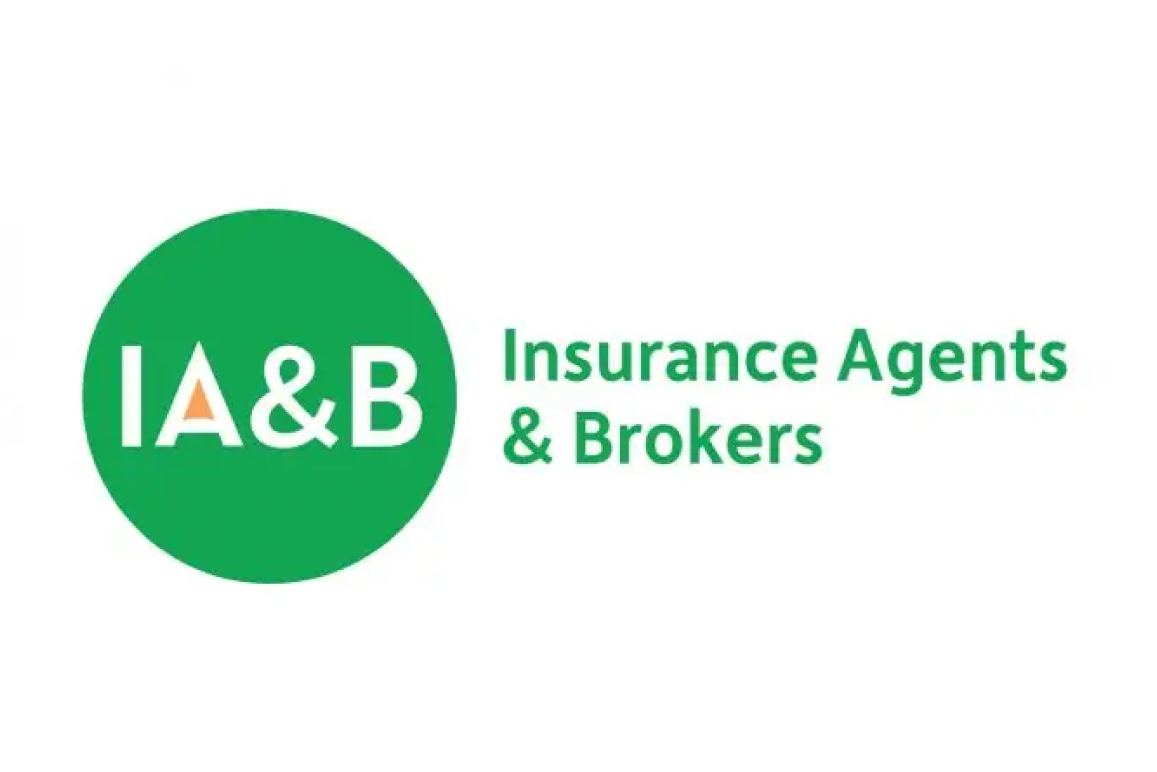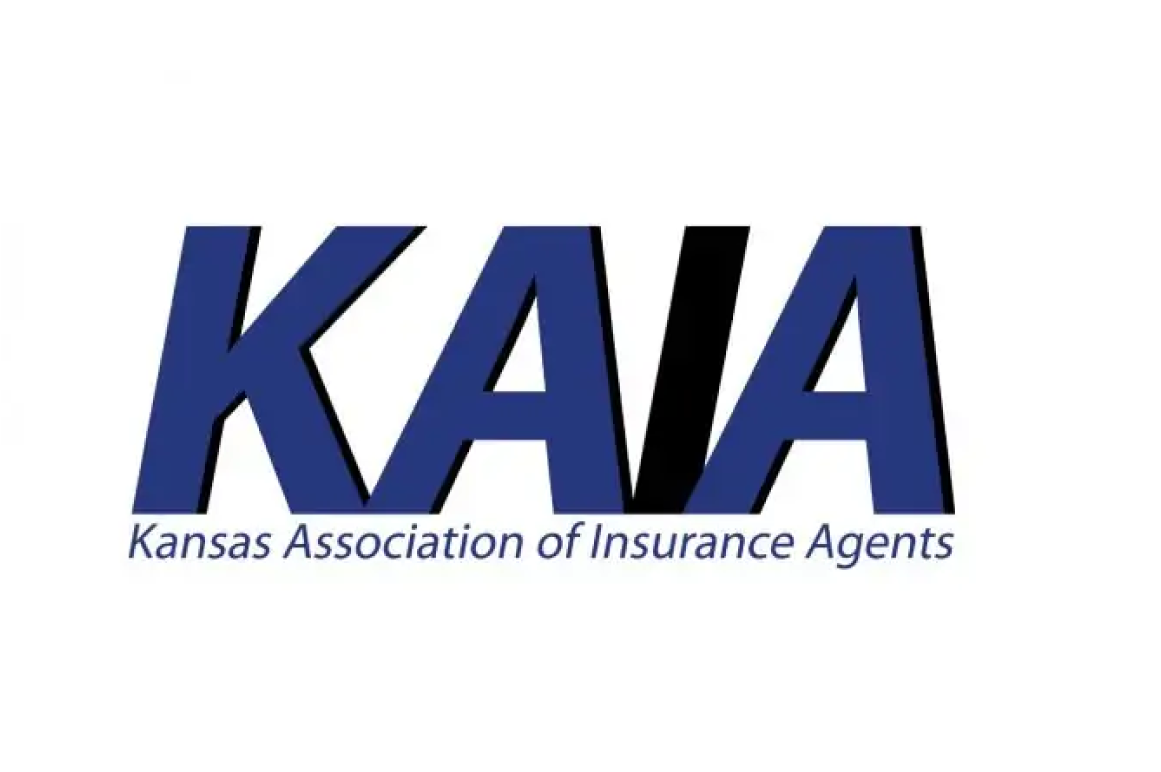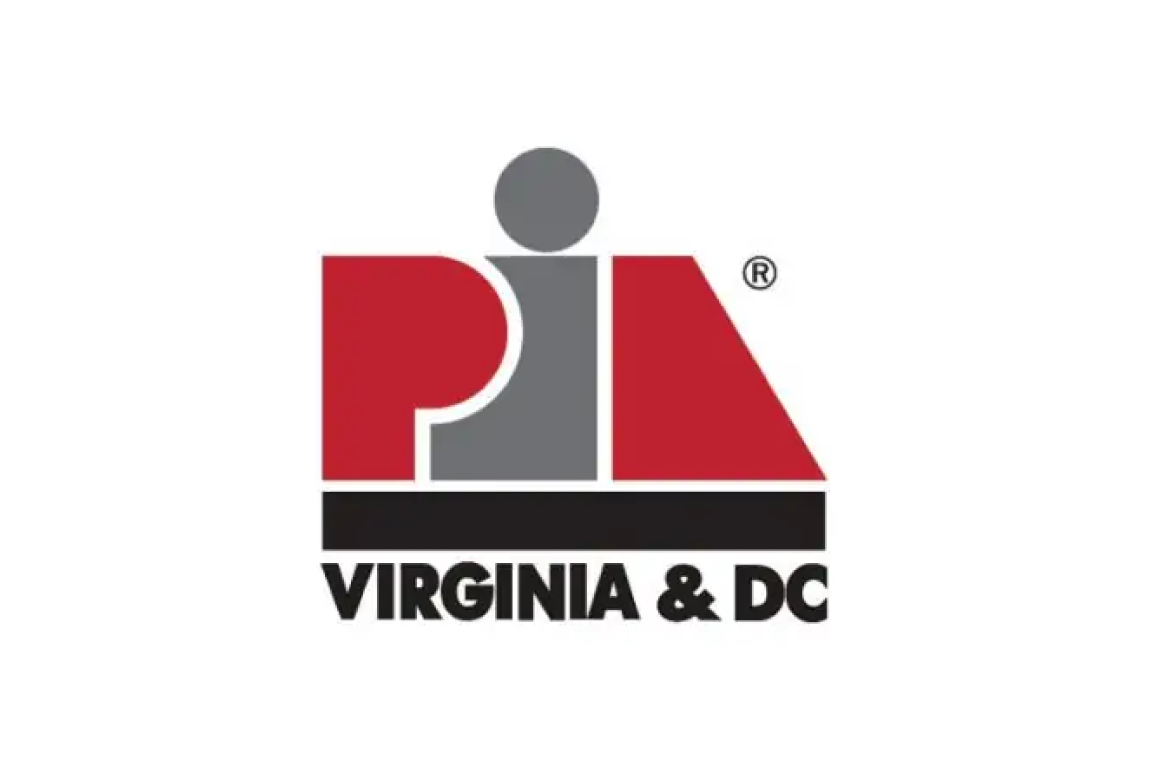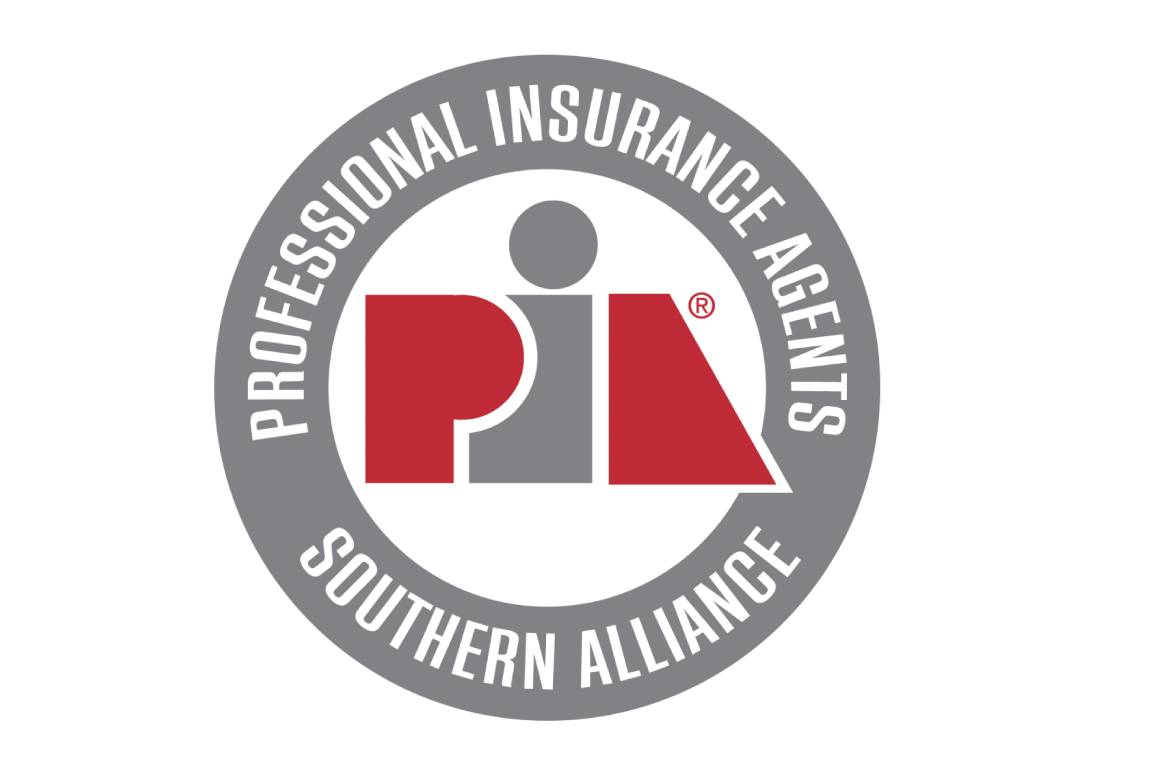Dustyne Bryant, MBA, CIC, CISR- Personal Lines Academic Director
The pandemic is lasting longer than we ever thought, and we’re all looking for new ways to solve the challenges in front of us — including how our children can safely return to school.
Stressed parents are struggling with uncertainty. Will the schools reopen? Will there be online classes or in-person classes? With so many details left up to local school systems, parents are looking for alternatives to ensure their children continue learning in a safe and structured environment.
Enter “pandemic pods.” Also called microschools or nano schools, pandemic pods are popping up around the country as an alternative, or an addition, to a child’s schooling this fall (if not the full academic year). Parents are quickly pivoting to create these “pods” in a targeted effort to bring a small cohort of kids together in similarly aged groups at homes, outside spaces and sometimes even commercial spaces to socialize and/or study the same curriculum plan.
If you’re a parent, you can’t have a conversation about going back to school without hearing about pandemic pods. If you don’t have school-age children or if your kids have moved out of the house, this may not even be on your radar screen.
But there can be insurance implications — and these risks are likely not top of mind for those parents who see microschools as a viable alternative to regular schooling. Parents have other things to worry about — which is where you, as a risk-management professional, come in!
The Risks of Microschools
Consider the liability risks in these microschool scenarios:
- Parents hire a full-time teacher to come into their home to homeschool their child one-on-one or teach a group of students.
- Parents hire part-time teachers and tutors to come into their home to help with the school system’s virtual learning curriculum.
- Parents send their kid(s) to someone else’s house or to a commercial space for pandemic pod schooling.
So how can you, as an insurance professional, protect your clients who are participating in these pandemic pods?
Send email blasts, mailers, or add a statement to your voicemail. Get the conversation started. Take the time to connect with your clients; empathize with the tough decisions they’re making. Then ask what their plan is for the kids in the upcoming school year. You should do this with teachers as well. Some teachers are leaving school systems to tutor and homeschool in microschools as an independent contractor.
You won’t know until you ask.
Additional Insurance Coverage
Parents or teachers hosting pods in their homes may have low coverage limits or gaps in coverage that they need to address with endorsements or higher coverage options before making the commitment. Talk to clients about excess liability coverage.
Talk through questions like: What if someone else’s child is injured on your property? What if a teacher comes into your house and your dog bites them?
For clients—namely teachers or tutors—providing pod services, coverage for exposures related to professional services is likely excluded from the homeowners policy, so have a conversation about the risks and how to minimize them. Professional liability coverage may be needed. And if the pandemic pod is licensed as an in-home childcare program (serving children ages 0-12 in most states), talk about the need for commercial general liability insurance.
For parents sending their kids to another family’s home or an external space, make sure they do their due diligence. Have parents ask the pod leader about what coverages and protections are in place.
People are getting creative, but, at the same time, they may be causing coverage issues for themselves — and agents may not be having the conversations they need to have to ensure their clients are properly insured.
Consider the college parent sending their child back to campus with a camper as a more affordable or flexible housing arrangement. Discussing the best coverage options with your client is necessary, and that starts with understanding the intended use.
Reconnect with clients
Now, more than ever, is a great time for agents to reconnect personally with their clients. It’s easy to focus on your to-do list, answer quick questions, or put out small fires and move on. But these are unprecedented times with severe economic consequences, so make time for those personal conversations. Ask how your clients are coping with the pandemic. You may be surprised by their response, and you may uncover risks they hadn’t considered.
If clients are overcoming barriers in innovative ways — like how to school their children — it’s time for agents to lean into that creativity, too, so they can advise clients properly.



